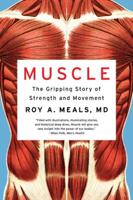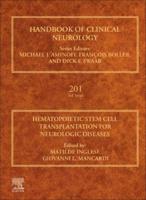Publisher's Synopsis
Scientific advances over the past two decades have afforded unprecedented oppor- tunities to understand the structure and function of receptors, receptor-ligand interactions, and receptor signaling. The extent ofprogress in this area is underscored by the recent Nobel Prize for Medicine and Physiology to Alfred Gilman and Martin Rodbell, both of whose work in understanding receptorlG-protein interactions has redefined the way in which we think of how hormones and neurochemicals exert their activity on cellular function. This book is replete with examples of current research approaches to help us better understand the cellular roles in which the renin-angiotensin system and the angiotensin receptors participate. Clearly, defining the structure of angiotensin receptor subtypes is an important first step in cJarifying the mechanisms by which these receptors take part in cellular function. However, the chapters within this book range far beyond structural studies and encompass research on tissue specific expression of the angiotensin receptor subtypes, the genetic regulation ofthese receptors, and the unique function ofvarious angiotensin subtypes in different organ systems, such as the brain, the reproductive system, adipose tissue, the heart, and the kidneys.








